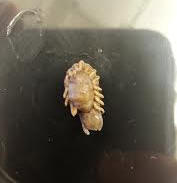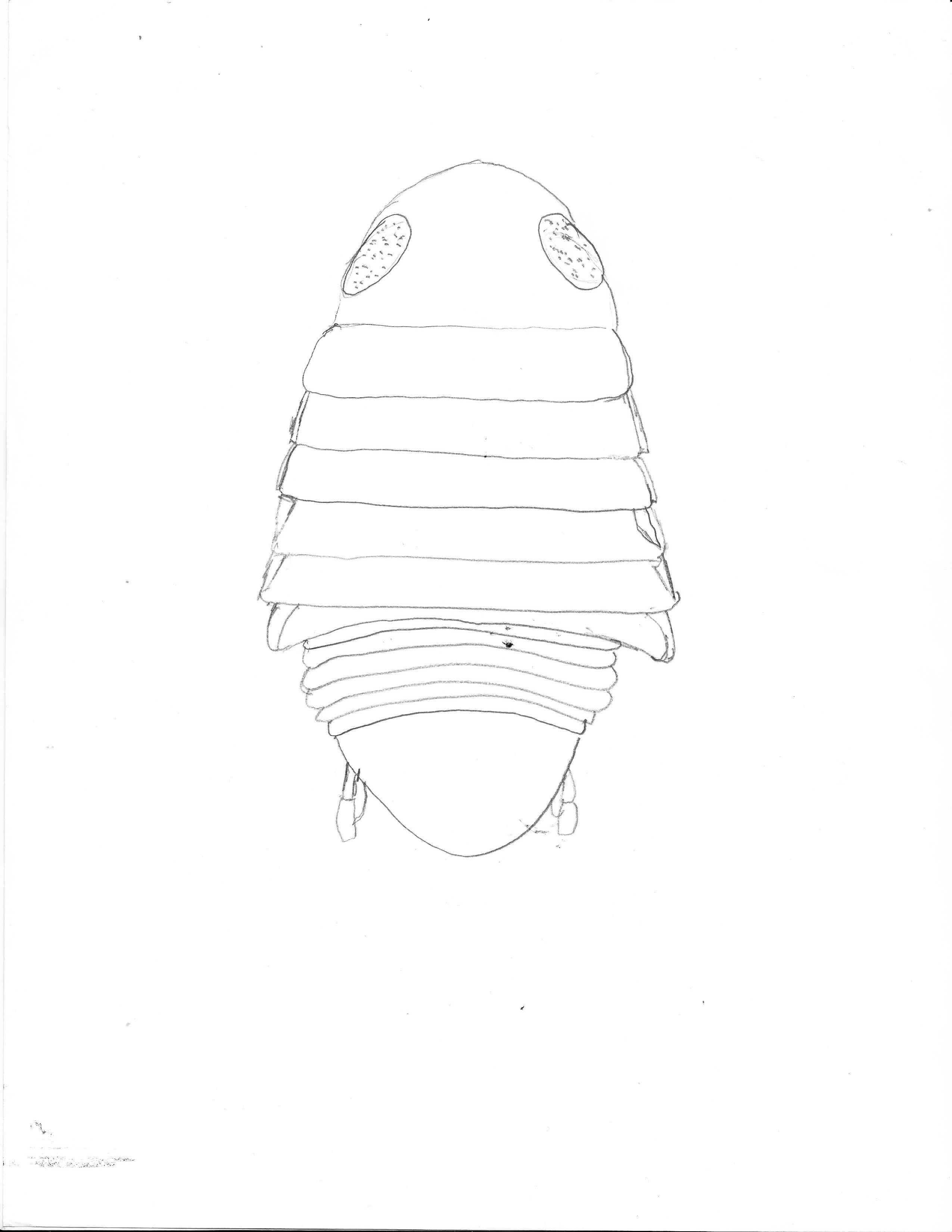Adaptation
The form and function of an organism is very important for telling a lot about the organism. For example the form can give hints to how an organism looks and how it interacts with other organisms. Meaning it is a predator, parasite, herbivore and like every basic bio class in high school says form follows function.
Lironeca vulgaris is no exception to this rule its form follows
the function of its needs. It has many different stages of
 its life
with slightly different forms to do different things. Starting with
the juvenile form, this is the only form where it can move around. It can in some ways “swim” through the
water. In this form it also has a much more maneuverable body and
more legs and arms that it can use. When it goes from the juvenile
to adult male form it loses that ability by becoming more plump and
rounded and it arms become shorter. In fact the males can just
barely crawl around on the water bottom. Nothing more than that. It
does not need to move around much because by this time it is aiming
to get in the gills of fish to feed of them. So moving is not
necessary. But in its next stage the female stage it is restricted
to move only a few millimeters. (Brusca: 1978). That is because it
gets ever larger and the little legs cannot move the larger body
that it now has to support.
its life
with slightly different forms to do different things. Starting with
the juvenile form, this is the only form where it can move around. It can in some ways “swim” through the
water. In this form it also has a much more maneuverable body and
more legs and arms that it can use. When it goes from the juvenile
to adult male form it loses that ability by becoming more plump and
rounded and it arms become shorter. In fact the males can just
barely crawl around on the water bottom. Nothing more than that. It
does not need to move around much because by this time it is aiming
to get in the gills of fish to feed of them. So moving is not
necessary. But in its next stage the female stage it is restricted
to move only a few millimeters. (Brusca: 1978). That is because it
gets ever larger and the little legs cannot move the larger body
that it now has to support.
What is very interesting about this is that according to
Brusca(1978) it prefers a week host to attach to. So this could
connect with the limited mobility of the organism. Finding a weaker
fish would make sense if it itself is some way weakened by its
mobility. One other form that follows its function is how it has the
hard outer shell. Considering it is a crustacean, the hard outer
shell would in sense be used for protection from the elements that
it lives in. Being a slow moving organism in the open water would
have to call for some sort of defense mechanism. And a hard outer
shell is perfect. Also when you look at the shape and overall look
of the organism it has a very close resemblance to a tick. Another
sort of parasitic organism, but as we know ticks are very hard to
crush. And having this sort of feature in this environment would be
very handy when they are in the gills of fish.

These organisms are very smart as well they have not only adapted these feature to better live in their environment. They have derived strategies to better host to these fish. When a study was done they noticed that certain tips of fish had a hirer percentage of parasite infections than others (Bennett 1993). The benthic fish seemed to have a higher percentage than the pelagic fish. This they fell was because the parasite on the bottom of the lake only have to deal with a 2D environment, just the water bead and the fish that are bottom feeders like most benthic fish, simply suck them right up into their gills. Whereas the parasites in open water have to move around a 3D environment and try and find these fish in a much larger more open space. Let alone predators also can get them out in the open. So they have learned and adapted the best way to “Catch” their prey.